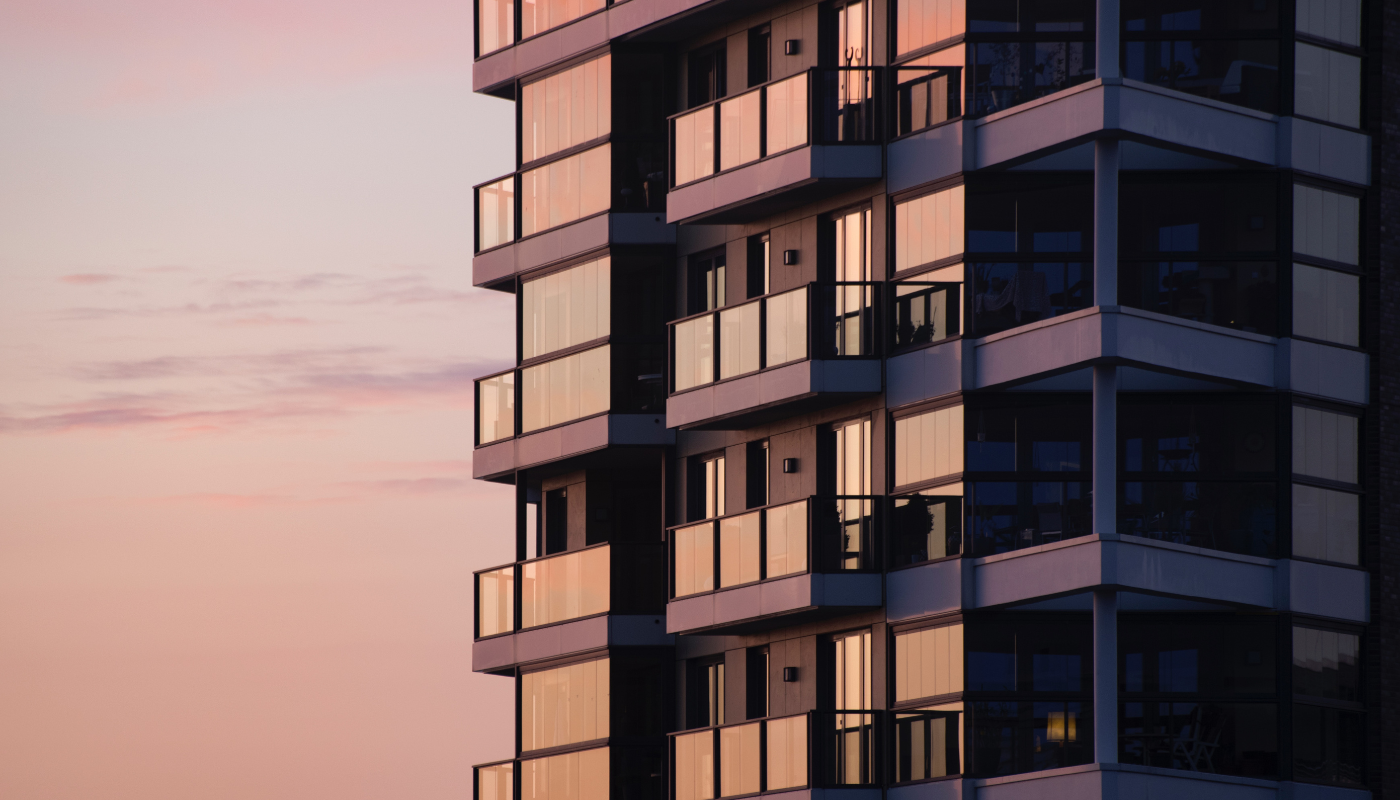
From advertising available properties, screening potential residents, arranging contracts, and collecting rent, a day in the life of a residential property manager is filled with lots of moving pieces. And while property inspections are critical for successful operations, they’re another multi-dimensional task requiring organization, resources, and time, which are already in short order for many just trying to stay afloat.
Although property inspections can be cumbersome and time-consuming, they’re critical to the success of property management operations. Helping uncover hidden problems before they develop into costly issues, they preserve your investment and create a safer environment for residents. A few simple steps can improve how property managers perform residential leasing inspections, whether managing a few single-family homes or several multi-family properties.
What is a Residential Leasing Property Inspection?
Residents don’t always bring maintenance issues to the forefront in a timely manner, and sometimes not at all. Routine maintenance checks help ensure the property is well maintained, and regular reviews in key areas will minimize risks and keep properties in tip-top shape. Property inspections should be done at different times and for various reasons but are typically conducted annually, at resident move-in, and during move-out.
Preventative in nature, annual inspections occur during residency and assess interior and exterior property conditions. Designed to ensure structures, systems, and all major hardware are in good working order, they also help property managers plan for routine maintenance during the year. Findings are summarized in an organized report with concise details regarding major systems and components.
Often called a ‘walk-through,’ move-in inspections are conducted after the lease is signed and before residents move in. Photographs are a good idea to supplement the property inspection report documenting current property conditions. Along with the signed lease, these components help define responsibilities between residents and property managers, address property maintenance expectations, and clearly outline necessary steps to elevate maintenance issues.
Move-out inspections ensure residents leave the property in good order and comply with lease guidelines before vacating the premises. Cross-referencing the move-in inspection report and property photos during the move-out inspection will serve as a good comparison and help
assess any damage beyond normal wear and tear. Note anything missing and document all findings as associated costs for repairs can then be deducted from the security deposit.
Streamlining Residential Leasing Property Inspections
Proactively streamlining inspection processes will not only help avoid extended vacancy periods and high turnover but will also keep residents happy. Whether bringing a new property onto your program or preparing for seasonal maintenance, a few things will make every residential property inspection go smoother.
Property Checklists
A property checklist is an essential component in organizing and tracking critical property inspection tasks. Customizing checklists for each type of inspection will ensure key areas are examined, and all systems are working correctly. Although they may vary to some degree, all property inspections should address the following:
- Interior and exterior property condition
- Mechanical, electrical, plumbing, security, and fire protection systems
- Air filters, smoke alarms, carbon monoxide detectors, and fire extinguishers
- Appliances, thermostats, and smart devices
- Seals and locks on windows and doors
- Leaks and water damage
Scheduling Repairs
Property inspections can yield a punch list of items to address, including malfunctioning appliances, plumbing and HVAC problems, and electrical and fire hazards. After assessing and prioritizing each item, determine the scope of work, hire contractors, and schedule all necessary repairs to ensure the safety and comfort of your residents.
Having a system that schedules, tracks, and documents all maintenance tasks will be invaluable, as will relationships with trusted vendors to address deficiencies and repairs quickly and efficiently. You’ll also need to coordinate times for maintenance personnel to conduct repairs, so a way to promptly communicate with your residents will be beneficial as well.
Automating Residential Leasing Property Inspections with BeHome247
The right tools can make all the difference, and working in spreadsheets and clunky and outdated systems isn’t the answer. Utilizing BeHome247’s residential software solution is the quickest way to automate and streamline every aspect of property inspections.
With BeHome247, property managers can easily create checklists and workflows and quickly assign, schedule, and track tasks to ensure processes run smoothly. They can also conveniently communicate with vendors and residents via mobile app, process work orders and payments, and generate reports with the touch of a button. Increasing efficiency, accuracy, and communication every step of the way, BeHome247 tackles it all with ease.
Want to learn how BeHome247 can help you with residential leasing property inspections? Schedule a demo today!
